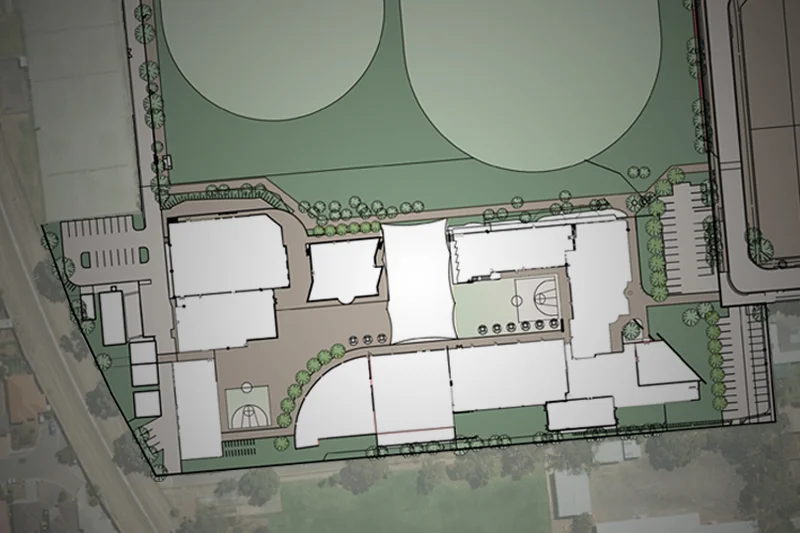Master Planning
Tenison Woods College
In 2006, in response to increasing student numbers, Tenison Woods College and Edge Architects undertook a review of the existing Master Plan. The result was a staged development of school facilities, beginning with the creation of a new Flexible Learning Centre, incorporating contemporary learning, IT, study, and student spaces. The original master plan was completed following the amalgamation of Tenison Woods College with St Paul’s Primary School on the existing high school campus. Both the 1999 and 2006 projects were managed by Pino Dichiera (with the 1999 project completed during previous employment) and included, among other things, the refurbishment of existing heritage-listed buildings, a complete rework of vehicular and pedestrian traffic, as well as new data networking. The second stage of the project, funded through the B.E.R., involved a cost-effective solution by retaining the existing gymnasium and extending it to the north, forming a double-sized gymnasium.
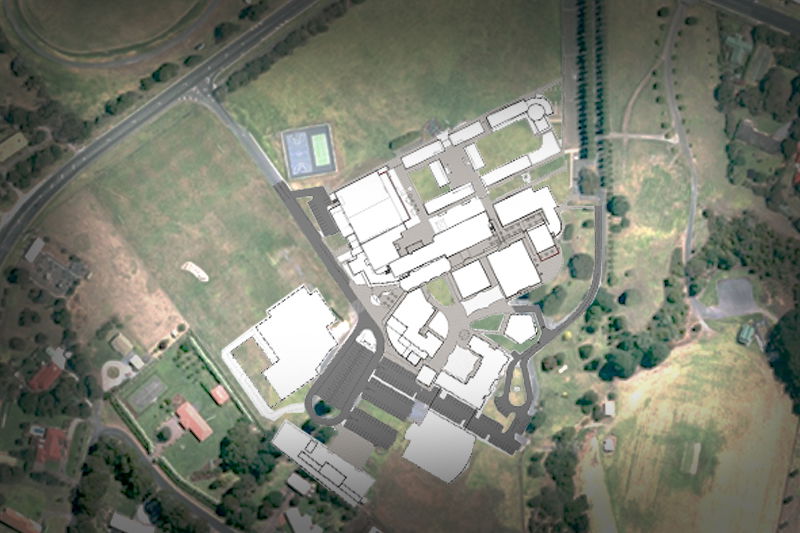
Flight Training Queensland
Master planning for Flight Training Queensland involved an analysis of the existing infrastructure on the site, as well as future construction that would meet the requirements of both the client and State Government authorities. The facility will feature accommodation for 211 students, along with large cafeterias, recreation areas, and outdoor sporting facilities. The design is organised into three key functional zones: living, administration, and teaching spaces. The location of the facility takes into account existing runways, established flight paths, and surrounding residential developments.
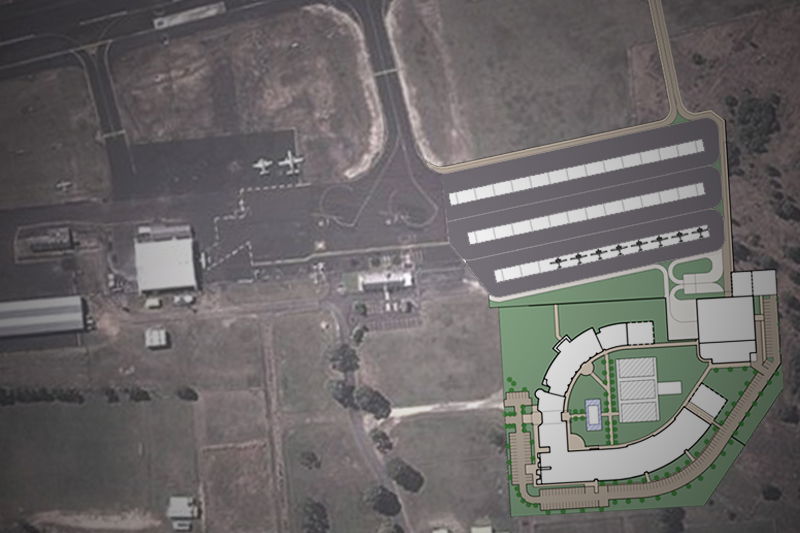
St. Ignatius College
Saint Ignatius’ College Senior School accommodates approximately 850 students in Athelstone, set on an undulating site with large sporting ovals to the western and southern ends of the school. The Master Plan addressed the needs of the school by improving visual connections to the surrounding ovals and environment through the removal of existing transportables. Key requirements included the addition of new subject-specific teaching spaces, a Performing Arts Centre, and a redesign of vehicle and pedestrian access throughout the school. The recommendations in the Master Plan fostered greater interaction between the buildings and their surroundings. Emphasis is placed on the space between existing and new buildings, with the creation of usable areas such as an outdoor amphitheatre, student seating, and covered pedestrian walkways.
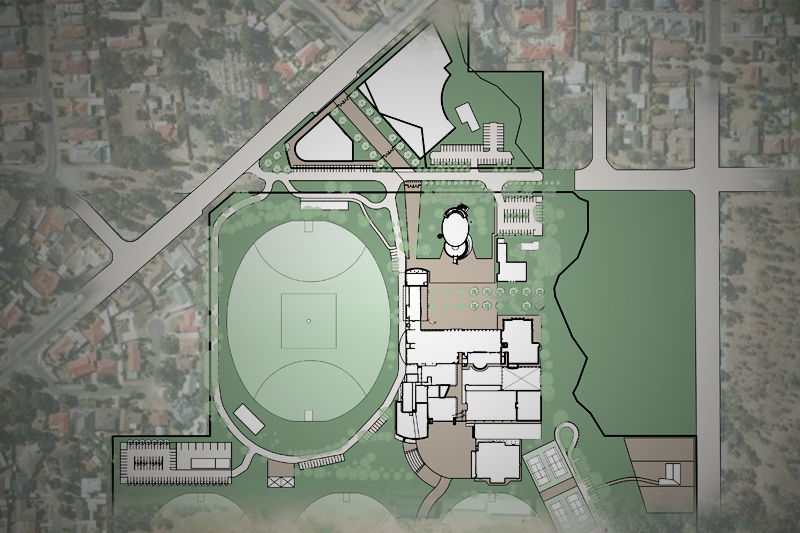
St Michaels College J.S.
With the intention of making the school co-educational, Edge Architects were engaged to provide a Master Plan for St Michael’s College to suit the enrolment realignment and offer cost-effective solutions by utilising and connecting as much of the existing building stock as possible. The brief required the creation of a defined Middle School with additional learning spaces, a new gymnasium, and an expansion of administration areas. It also included the existing Resource Centre and a proposed new building to house communal spaces, ICT, and music facilities. New courtyards and parking areas were created, enhancing views to the grounds, all without impacting valuable oval space. The cost-effective approach of the proposed Master Plan has led to the majority of suggested works being completed over the past few years. Stage 2 works, including the new double-court gymnasium and additional teaching spaces, were also completed.
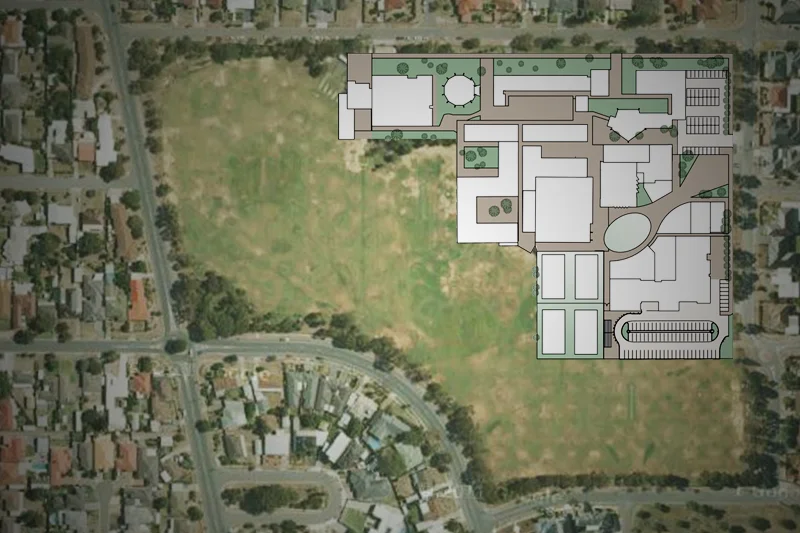
Sacred Heart College M.S
Edge Architects were engaged to provide master planning services, including the evaluation and review of flexible learning spaces, the relationships and sharing of facilities with other Marist schools, outdoor covered spaces, and economical design using the existing building stock. The school accommodates 650 male students from Years 6 to 9 and features a mix of solid and transportable buildings, all spread around the original Chapel and Brothers Residence. Stage 1 of the master plan received partial funding through the B.E.R. process, enabling the construction of a new multipurpose space, a new library, and a subject-specific science building.
